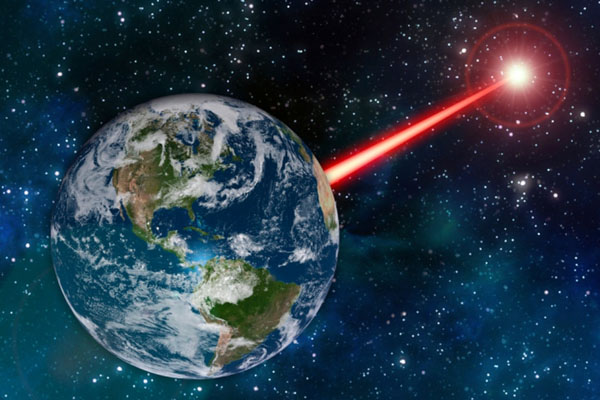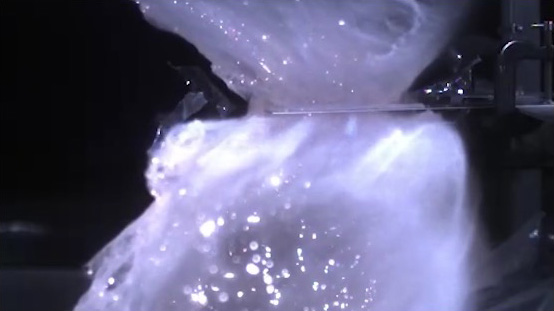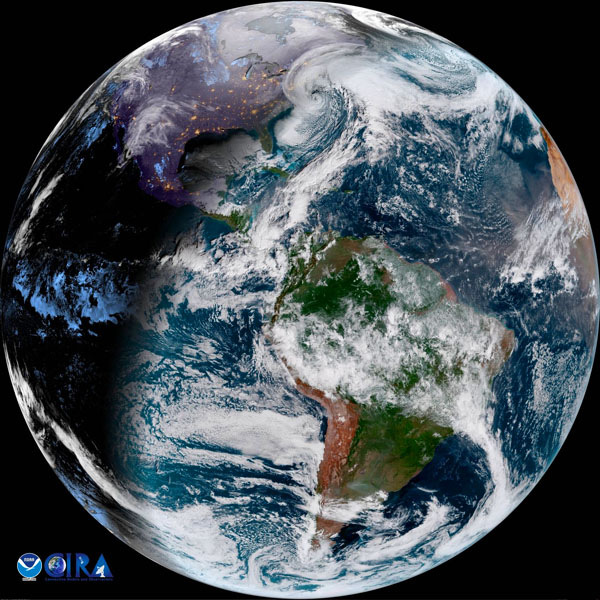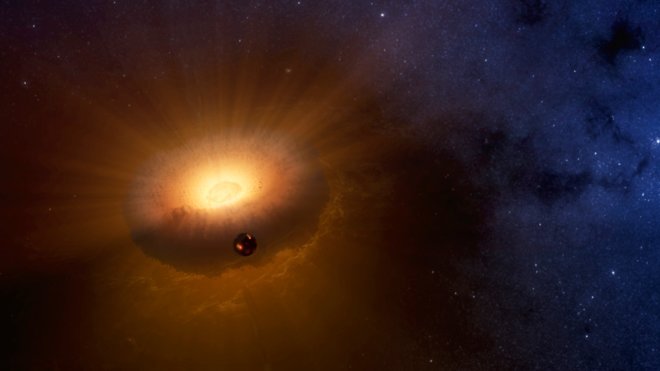SCIENCE: When Earth Was a Snowball
It’s difficult to imagine now, but at certain points in Earth’s history, ice covered the entire planet. This frozen Earth, nicknamed snowball Earth, was a setting “so severe, that the Earth’s entire surface, from pole to pole, including the oceans, completely froze over,” said Melissa Hage, an environmental scientist and assistant professor at Oxford College of Emory University in Georgia. In 1840, Louis Agassiz, a Swiss natural scientist, was among the first to acknowledge and provide evidence that Earth had gone through ice ages, according to the University of California Museum of Paleontology. Joseph Kirschvink, an American geologist, later coined … Read more












